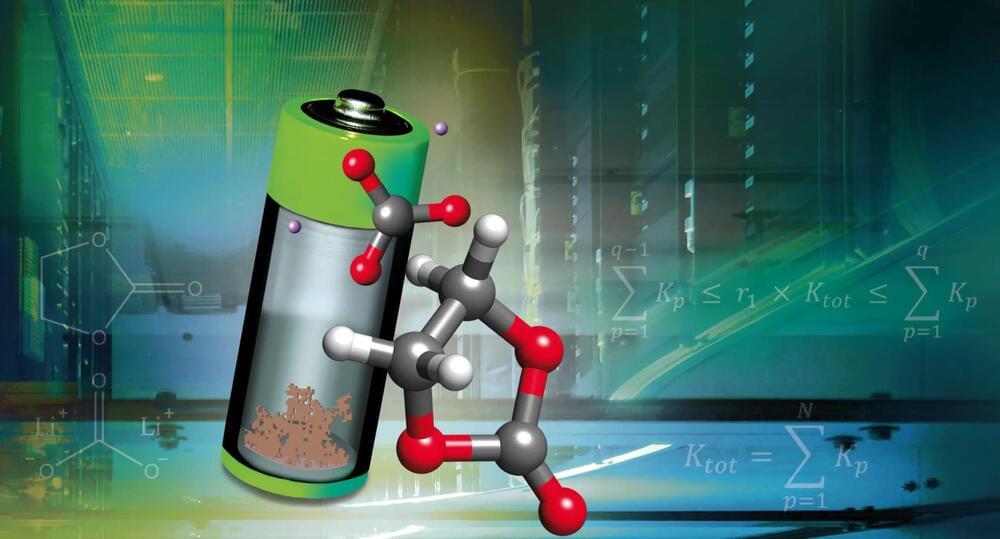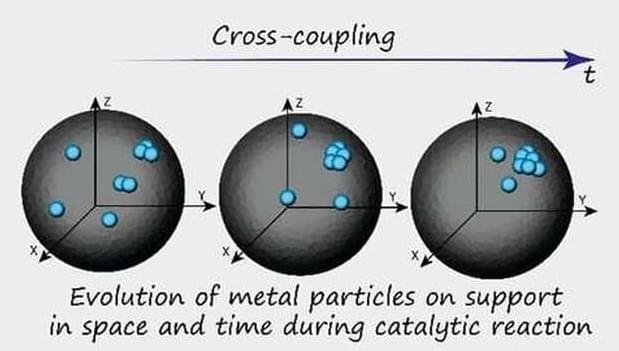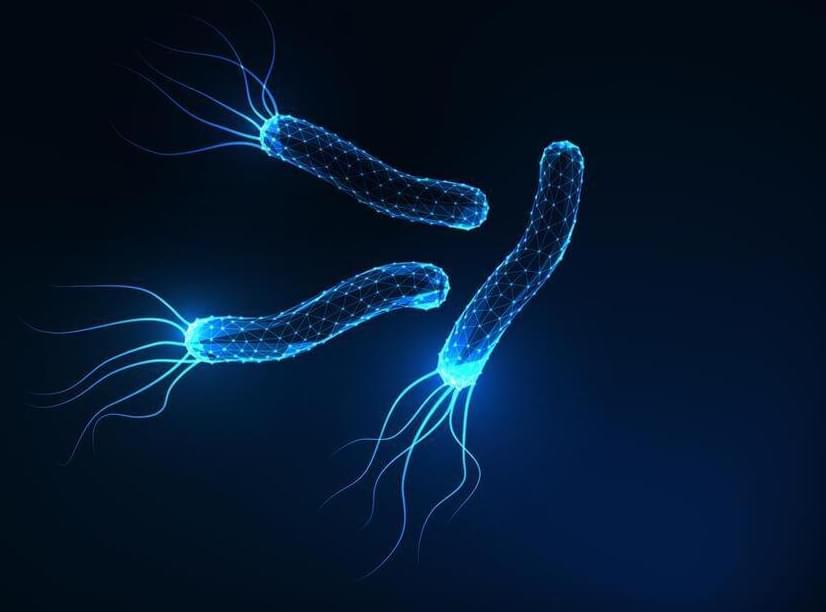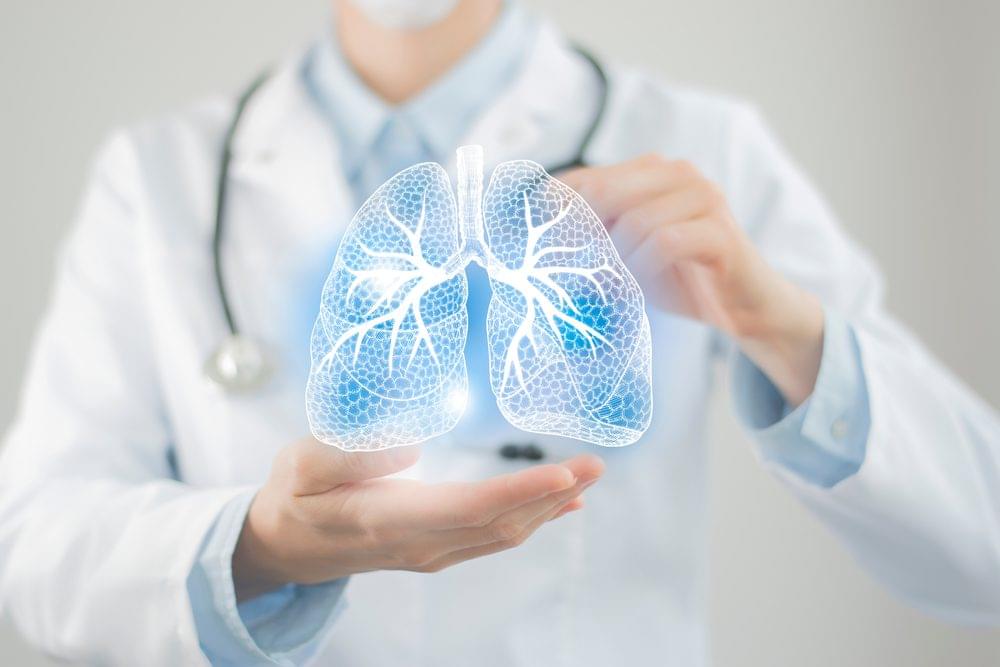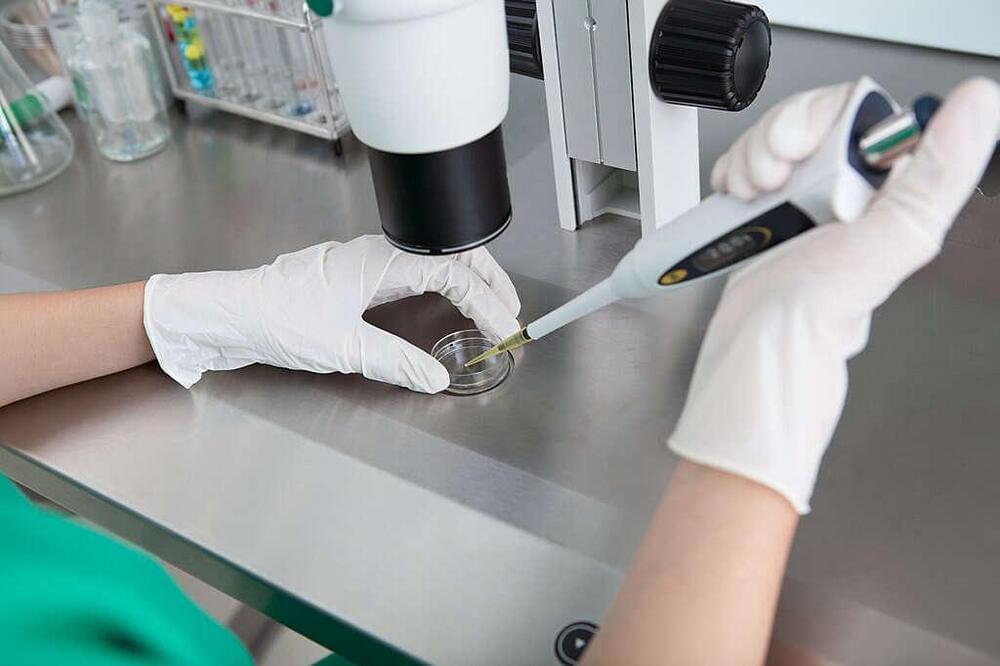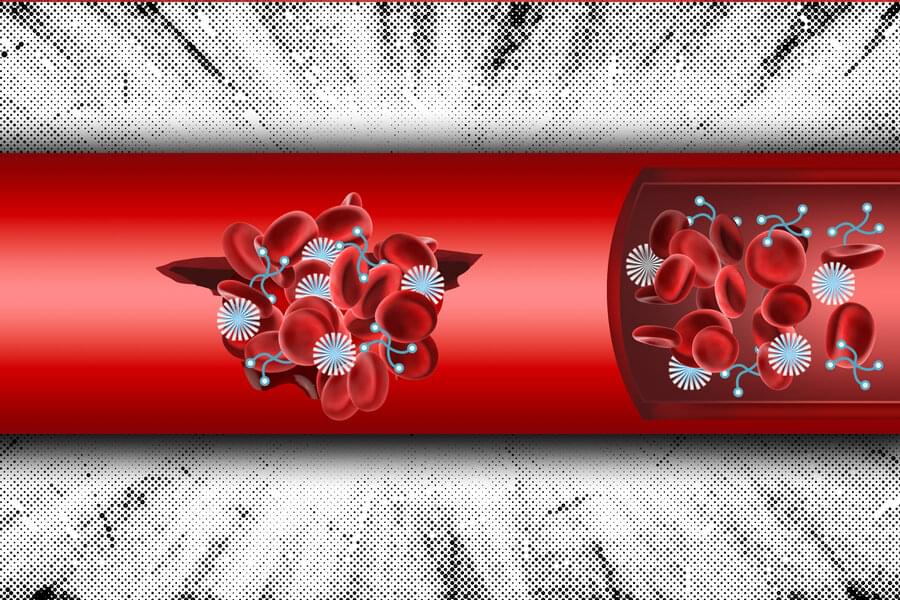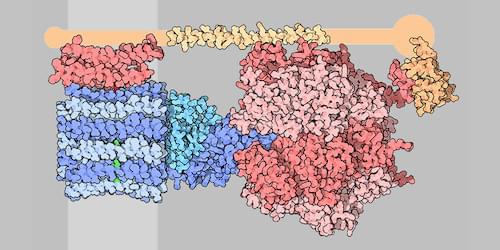Researchers at the KIT Institute of Nanotechnology (INT) now managed to characterize the formation of the SEI with a multi-scale approach. “This solves one of the great mysteries regarding an essential part of all liquid electrolyte batteries – especially the lithium-ion batteries we all use every day,” says Professor Wolfgang Wenzel, director of the research group “Multiscale Materials Modelling and Virtual Design ” at INT, which is involved in the large-scale European research initiative BATTERY 2030+ that aims to develop safe, affordable, long-lasting, sustainable high-performance batteries for the future.
The KIT researchers report on their findings in the journal Advanced Energy Materials.
To examine the growth and composition of the passivation layer at the anode of liquid electrolyte batteries, the researchers at INT generated an ensemble of over 50 000 simulations representing different reaction conditions. They found that the growth of the organic SEI follows a solution-mediated pathway: First, SEI precursors that are formed directly at the surface join far away from the electrode surface via a nucleation process.
